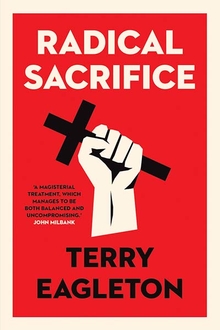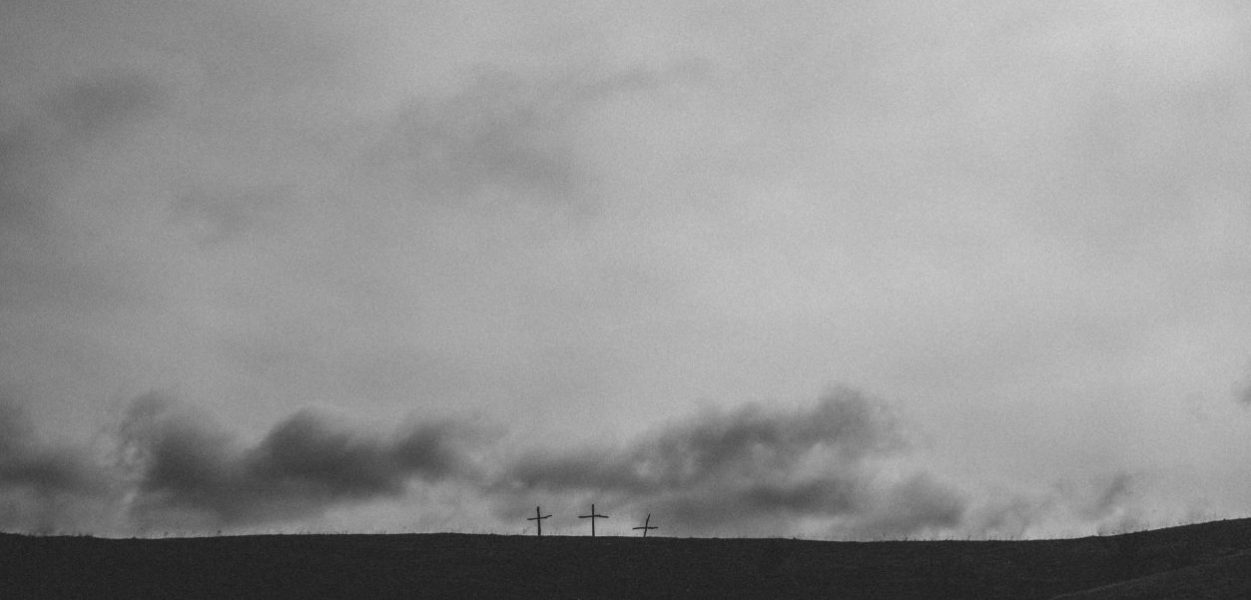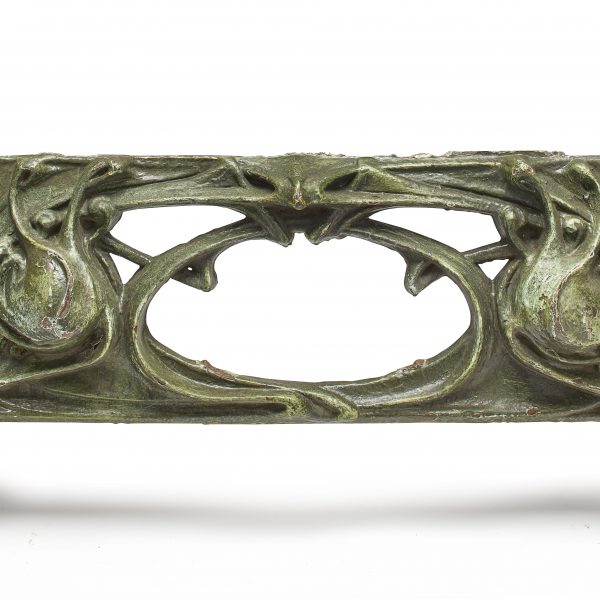The Sacrifice at Calvary
Terry Eagleton—
Walter Benjamin’s theory of tragedy in his The Origin of German Tragic Drama has some affinities with the Christian view of Calvary. Tragedy for Benjamin is essentially sacrifice, but of a peculiarly doubled kind: if it propitiates the gods under ancient law, it also inaugurates a revolutionary new order which promises to undermine that dispensation. As Simon Sparks writes, ‘An expiatory sacrifice according to the letter of the ancient law, tragic death also tears the pages from that book in the spirit of the laws of the new community, consigning them – along with the hero – to ashes in the rites of the funeral pyre.’ Tragedy for Benjamin is both archaic and avantgarde, as is so much of the modernism with which he is associated. It represents a hinge or transition between two epochs, shifting as it does from fate to freedom, myth to truth, pagan ritual to the ethico-political, the oppressive order of the gods to that of a redeemed people; and the death of the protagonist marks the turbulent passing over from the one to the other.
Calvary fulfils almost none of the conditions for the appropriate performance of sacrificial rites, which is why to call it a sacrifice at all is to transform the very concept. For one thing, human oblations were not of course acceptable to the Jews. For another thing, the event does not take place in the Temple, and there is no priest to conduct the ceremony. Jesus was not a member of the sacerdotal caste but an obscure layman, a blow-in from provincial Galilee, probably the son of a stonemason. The offering itself is blemished beyond repair, cursed by crucifixion. Jesus is ungeheuer, homo sacer, an outcast animal or contaminated creature with no ordained place in the cosmic or symbolic order. To insist on calling the event a sacrifice, however, even though it is plainly not, is to extract something of the true significance of the practice from the myths in which it is enmeshed. It is a sacrificial act because it concerns the passage of a humble, victimised thing from weakness to power. One cannot pass from time to eternity while remaining intact. To slay a thing sacrificially is to withdraw it from the domain of human dealings so that it re-emerges precious and pregnant with new meaning in the sphere of the gods. Since these divine beings are wholly other than humanity, any such perilous contact with them brings with it a metamorphosis as thoroughgoing as a conversion from death to life.
If ritual sacrifice is outmoded by Calvary, it is also because the cross represents a kind of comédie noire or carnivalesque parody of the practice, one in which the relations between donor and recipient are satirically reframed. It is now God himself who is the flayed, bloodied victim, and one, moreover, who identifies with his executioners by forgiving them, not least on account of their false consciousness. The event is at once an act of murder and an act of pardon, for this and all other crimes. The sheer terror of Yahweh is not effaced but reinterpreted. Yahweh is indeed terrible to look upon, but what is now revealed as sublime about him is his brutally unconditional love, symbolised in the annihilating black lightning of William Golding’s novel Pincher Martin. For Henri Hubert and Marcel Mauss, sacrifice inserts a protective medium (the sacrificial tribute itself) between humanity and the sublime fury of the gods. In the Crucifixion, by contrast, it is as though the devastating rage of divine love is focused in the body of Jesus, as the power which allows it to pass through humiliation and death to emerge somewhere on the other side.
It is God who is divested of himself in pain and terror, in a caustic critique of the idolatrous image of him as patriarch and potentate. In a daring gesture of self-debunkery, the Messiah himself is pinned to a cross. The notion of a crucified Messiah would have struck the Jews of the time as an unspeakable moral obscenity. The only good god is a dead one. The sardonic sign above Jesus’s cross – ‘Jesus of Nazareth, King of the Jews’ – could be read as a calculated piece of bathos, the equivalent of which today (Nazareth being a provincial backwater) might be ‘Fred Smith of Barnsley, President of the Universe’. It is as though the event presses the institution of sacrifice to a surreal extreme, and in doing so dispenses with it altogether. The scandalous, indecorous, darkly comic idea of an all-loving deity being carved up by his own creatures belongs as much to farce as to high tragedy. If it is horrifying, it is also embarrassing. It seems as likely to provoke a fit of hysterical laughter as tears of bitter remorse. There is a touch of grotesquerie in the prospect of a merciful god flying to the rescue of his people only to be done to death by them in a bout of political panic. Calvary is a place of savage bathos as well as a site of torture.
From Radical Sacrifice by Terry Eagleton. Published by Yale University Press in 2020. Reproduced with permission.
Terry Eagleton is Distinguished Visiting Professor of English Literature at Lancaster University and the author of more than fifty books in the fields of literary theory, postmodernism, politics, ideology, and religion.
Further Reading:



























